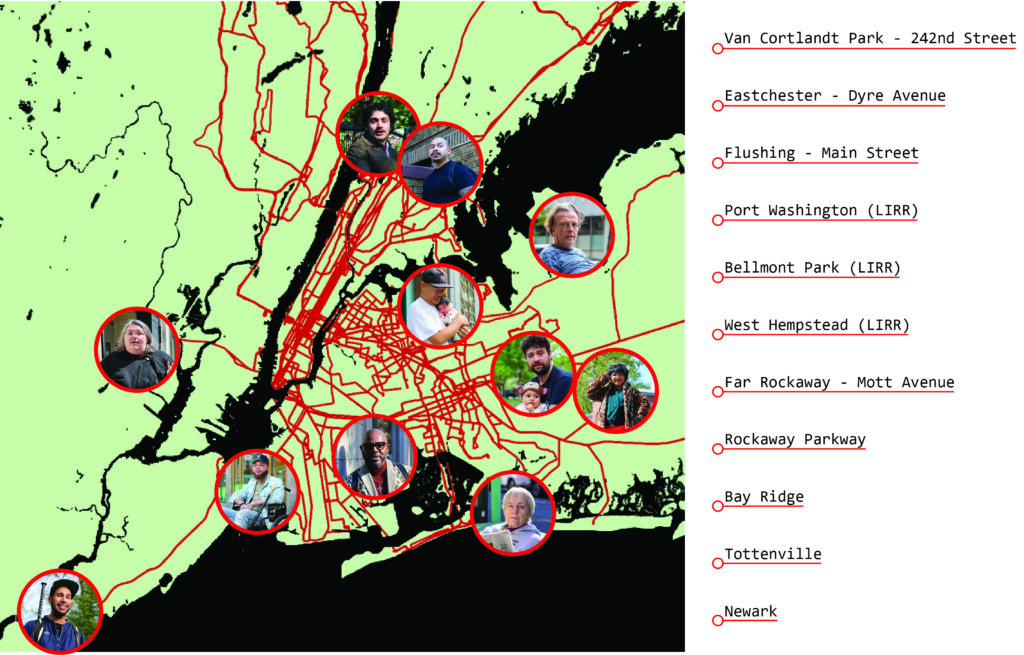Public works, writ large, are manifestations of modern democracy. If towns and cities are artificial organisms built on human cooperation and consensus more than anything, then the transit networks, parks, and utilities are vital organs that likewise require cooperative maintenance and attention. A wastewater treatment plant, for example, is not a plug-and-play automaton– it works because public servants upkeep it daily, elected representatives rally support for it, and taxpayers chip in financially. If citizens decide someyear to not pay the water department, the plant will cease to work and the surrounding waterways will fill up with poop.
In short, infrastructure is people. And nowhere is this more true than with transit. Transit enables the IRL connection that makes dynamic city life what it is.
While we all sheltered at home through 2020 and 2021, transit emptied out. Driven from open spaces by our newly-awakened fear of exposure, we stopped using the exemplary vital organ of the city, and along with it came creeping a numbness symptomatic of deficient exposure to strangers, of quotidian discovery that we experience in all corners of the public realm. By “discovery” I mean encountering a stranger with a background, worldview, or lifestyle that are completely different from your own. Truly getting to know someone else requires a quasi-insane blend of selflessness (“Who are you”) and ego (“Who am I”).
Coming out of the pandemic, it occurred to me that this is a great time to re-illuminate the benefits that a healthy public transit system brings to an urban society. Picture a map of all your city’s transit networks– all of the people within 10-minutes walking distance from all of those stops are connected to each other. They are all members of a single municipal body, converging in the commercial or civic centers during the workday. But where do they come from? While we tend to focus on the downtowns, more interesting things happen when you consider the periphery– two people at opposite ends of the network, separated by many miles, are co-citizens, paying into the same tax pool, reading the same local news, and riding the same trains. By virtue of this simple potential for connection, each should always have an open invitation to the other’s dinner table. How many millions of worldviews are open to you for the price of a coffee? How many museums have that large a collection for that low an entry fee?
Thus I came up with a project called “Reverse Commute,” in which I select a transit line at random (metro, bus, ferry, commuter rail), take it to the last stop, and document what I find there. What kind of people live in the neighborhood? What local issues are they dealing with? How many commuters depend on that station, and has the activity around it produced a microeconomy? Then I take another line to another terminus and do the same. The portrait of each terminus can be take the form of audio pieces (as long as an episode of On Being or as short as a WNYC newsroom dispatch) or photojournalistic dispatches a la Humans of New York. In the end, I’ll have a new kind of transit map: one populated by real people, real places, dispatches from neighborhoods many of us rarely visit, dossiers of residents… all of whom are connected with one fare (as of this writing, $2.75).

As a poet once wrote:
A City is a place Where I can't scream in peace
To live in a city means being constantly reminded of things. Things you like or dislike, things you came here for or would rather ignore. Many of these “things” are, in fact, the other beings you share the city with, the beings without whom the city wouldn’t be what it is. Reverse Commute will remind us of the importance of sharing space with one another, and celebrate the low entry fee for diversity.